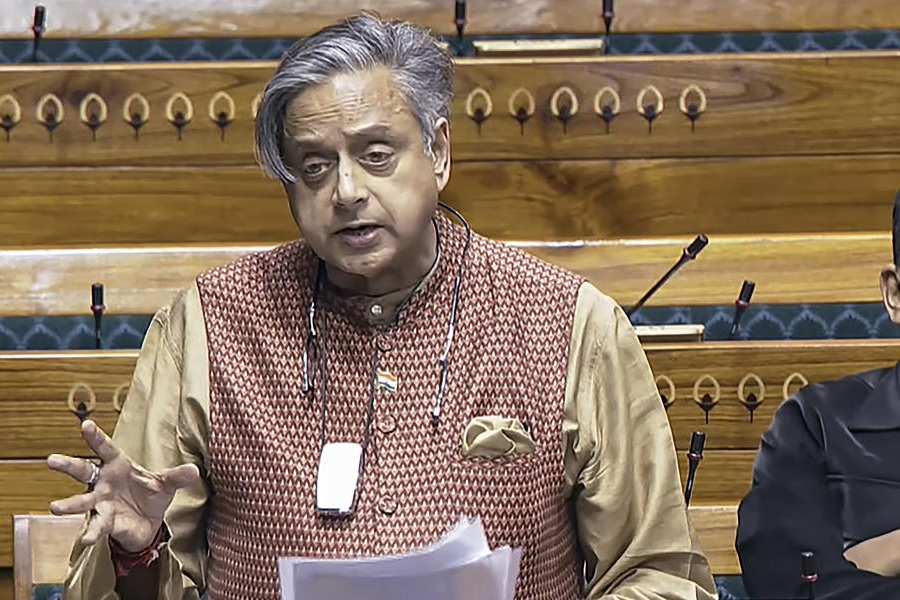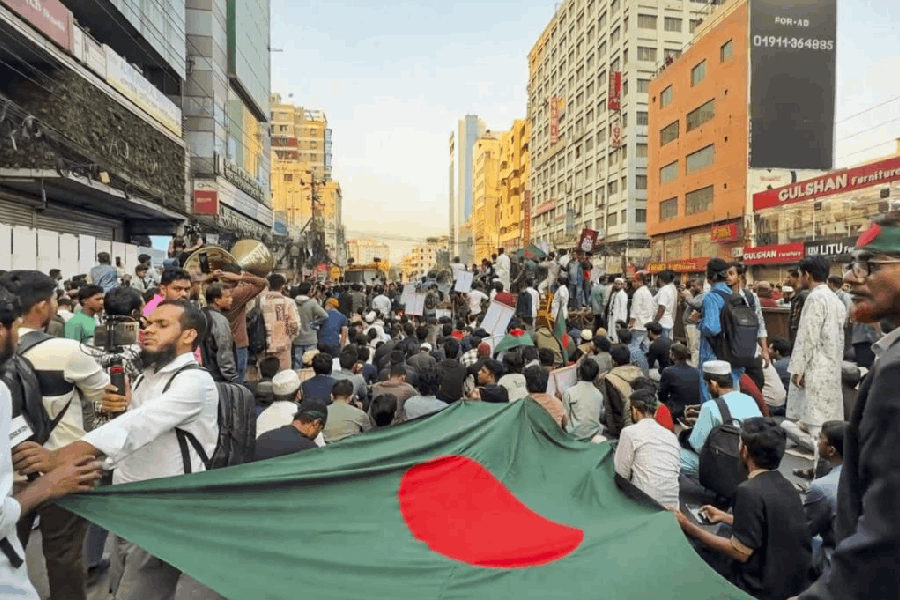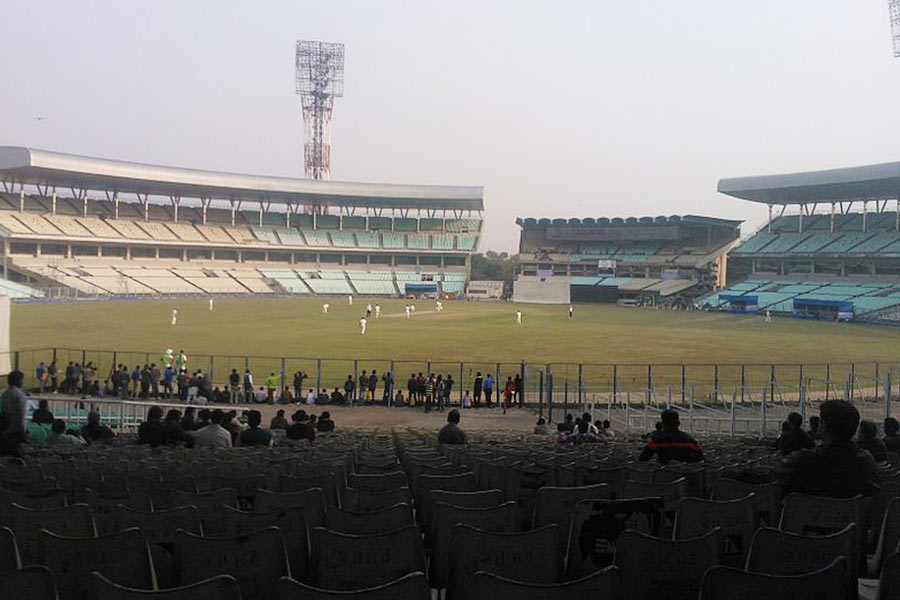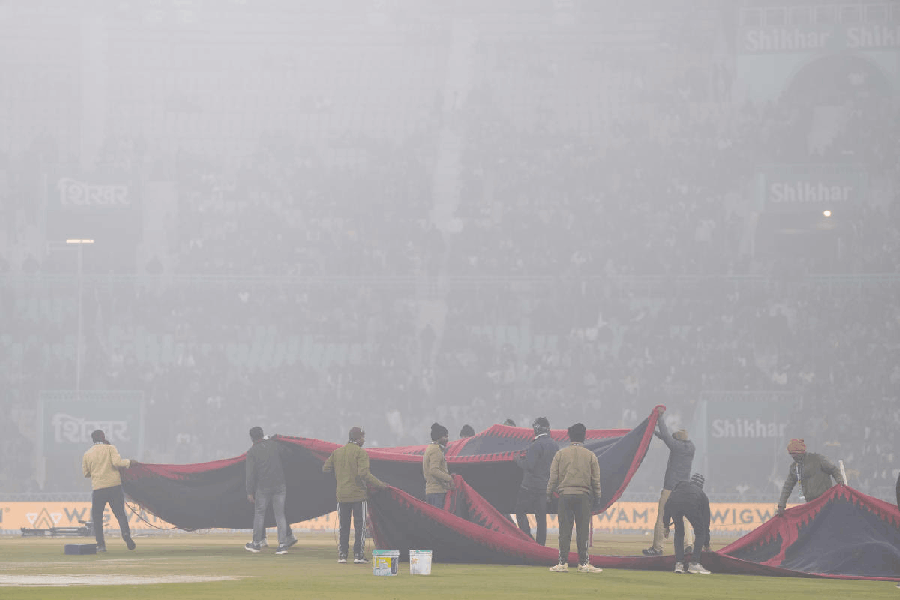 |
The three regions in West Bengal acknowledged to have special needs are northern Bengal, including the hills, a part of western Bengal often referred to as jangalmahal, and the Sundarbans in the southernmost part of the state. Three specialized ministries were set up by the erstwhile Left Front government to ensure the planned development of these regions. The practice continues with the present government.
Of late, developmental issues related to the hills and the jangalmahal have been much in the news, mainly owing to political unrest in these parts. The developmental concerns of the Sundarbans seem to have fallen through the cracks. Yet the people of the Sundarbans need development not merely because they were struck by the cyclone, Aila, three years ago, but also because their livelihoods need to be protected and migration in search of jobs prevented.
The interests the people of the Sundarbans are best served by a set of interventions that seek to (a) “fix” the people in their homeland, (b) reduce desperate migration outwards in search of livelihood, (c) improve existing livelihood options and open up new ones in the region and (d) reduce to zero their dependence on the forest, thereby promoting forest and wildlife conservation.
The policy recommendations made below are based on a study of over 2,000 Sundarbans households, spread over all its 19 blocks in the North and South 24 Parganas, drawn in a randomly stratified manner (with weights attached to contiguity to the forest) regarding livelihoods, income and expenditure patterns and migration, supported by focus group meetings and interviews with experts. These recommendations may thus be considered as applicable to the Sundarbans as a whole.
The pivotal activity in the Sundarbans is agriculture. But the islands and lowlands in the lower inhabited Sundarbans have a height that is below the high tide level. Agriculture is only possible by building dykes around the islands and this leads to the vulnerability of the occupation. Dykes are often damaged by rivers changing course, by decimation of mangrove plantations along the edges and by cyclones and hurricanes. Groundwater is often saline and cannot be used either for agriculture or for drinking, making the people wholly dependent on rainwater. The solution to the issue of livelihood options lies in increasing the sustainability of agriculture. This is only possible though aggressive rainwater harvesting. Earlier, there existed traditional methods of rainwater harvesting by digging ponds and narrow canals between agricultural plots that also served as pisciculture locations and local water carriageways. Sadly, this practice has fallen into disuse. Some years back, the ministry of Sundarban affairs had proposed to dig 25,000 freshwater ponds, but the project stalled early over the declared lack of available land. Later, the project seems to have gone over to the forest department but there has been little progress. Instead of approaching individuals for land for ponds, persons holding contiguous plots could be asked to contribute a fraction of their land to create a community pond to be put under community management that could also contribute to fish production. This would also enable conversion from the present monocrop pattern of cultivation to multi-cropping.
The second issue is forest dependence. Much is made of tiger crossings into human settlements, but there is little awareness of the thousands of people crossing into tiger territory for fishing, honey-collection, timber felling, foraging and poaching. Police action is hardly a solution, given the difficult and dangerous nature of the terrain. The answer lies in creating livelihood options in the upper Sundarbans. This can be made possible by creating clusters for micro and small industrial enterprises in the urban agglomerations already present in the upper Sundarbans.
A city-dweller’s picture of the Sundarbans is typically made up of mangroves, rivers, tigers and crocodiles, with the occasional storm or tiger attack thrown in. Many recently voted to make the Sundarbans one of the seven new Natural Wonders of the World but the hyperbole around the “Vote for Sundarbans” campaign missed the people of the Sundarbans almost entirely. Few realize that there are parts of the 19 blocks of the Sundarbans that are semi-urban in nature and well-connected to Calcutta by road. Much manufacturing is outsourced from Calcutta to the neighbouring districts of Howrah, Hooghly and Nadia. There is no reason why some of this cannot head for industrial clusters in the upper Sundarbans, if appropriate infrastructure is made available there. As the land needed for setting up such clusters is small, this should be eminently possible with relatively little investment and with none of the agitation or violence associated with land acquisition in recent times. Some of the activities presently carried out in the forest, for example honey collection, may be relocated here with the setting up of apiaries, while the setting up of, say, packaging plants for fish, will make use of skills that the people of the Sundarbans already possess.
Finally, there is the issue of migration outwards. People from the Sundarbans are forced everyday to leave home for distant locations in Kashmir, Gujarat, Maharashtra, Tamil Nadu and the Andamans, where they face hazardous working conditions, receive exploitative wages and work inhumanly long hours — all so that they can send some money home. Relatively less exploitative income opportunities nearer home would be welcome to such people. We discovered that in spite of spending much of the year outside the Sundarbans, no one had attempted to officially change residence — the majority retained their ration and voter identity cards that identified them as residents of the Sundarbans.
It is time that the government paid attention to the problems of the people living in the southernmost part of the state. The quality of life of these literally marginal communities can be improved in a manner that is relatively inexpensive and sustainable. Administratively, it makes sense to create a new district comprising the 19 blocks that make up the Sundarbans, which will also enable proper, long-term planning and judicious allocation of resources. Or will it need another Aila or an orgy of armed violence before our elected leaders cast a glance at these neglected people?










